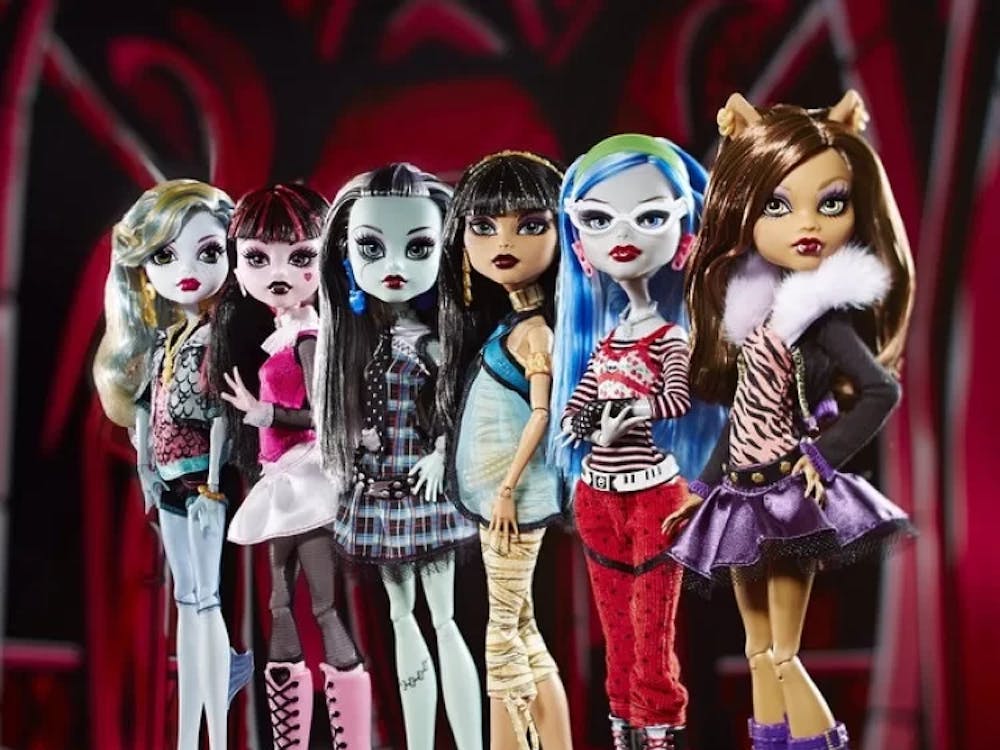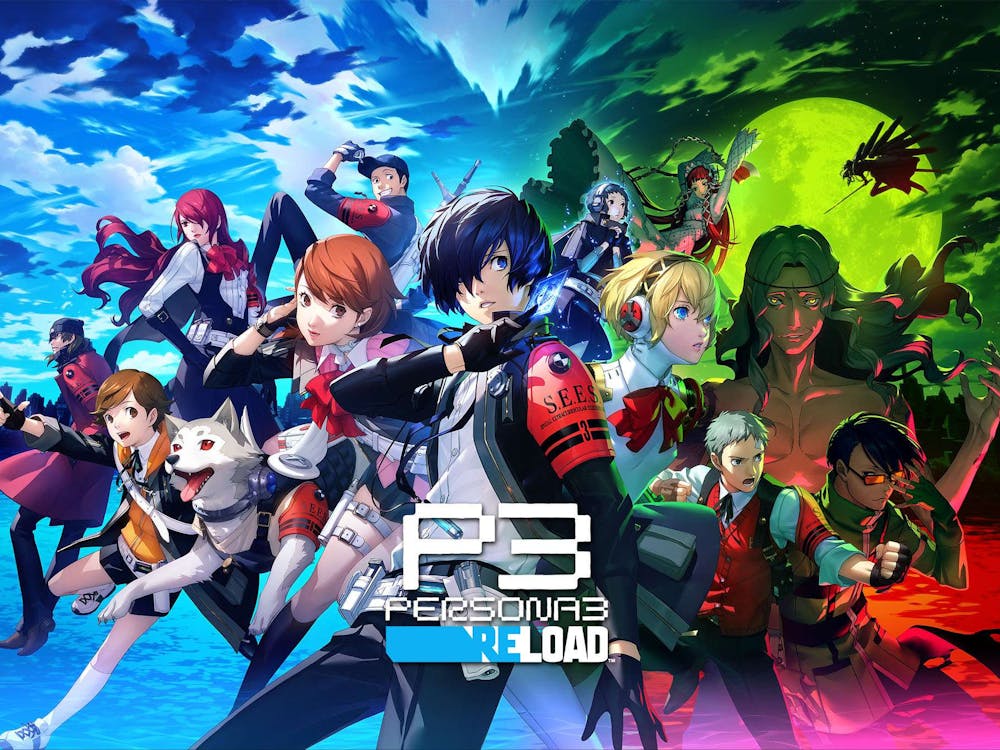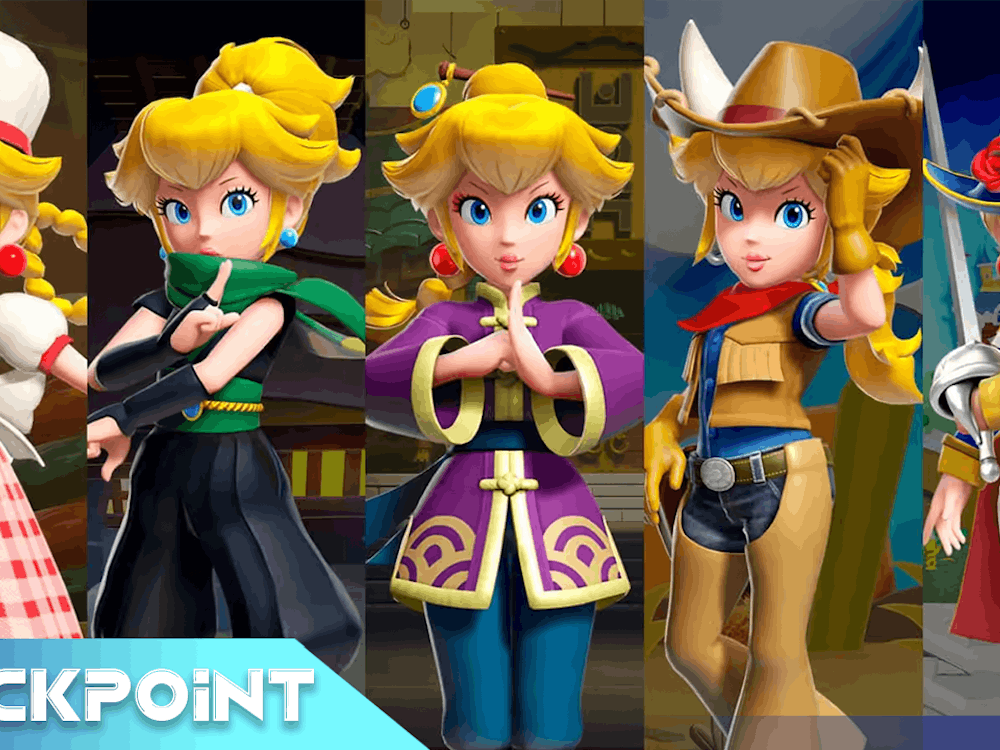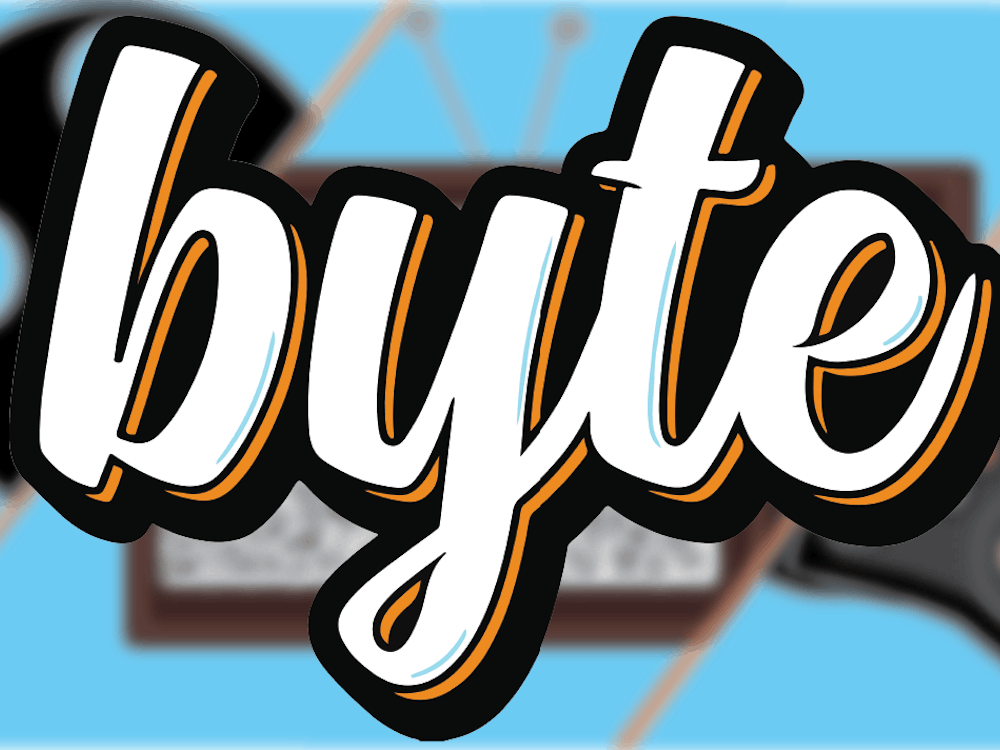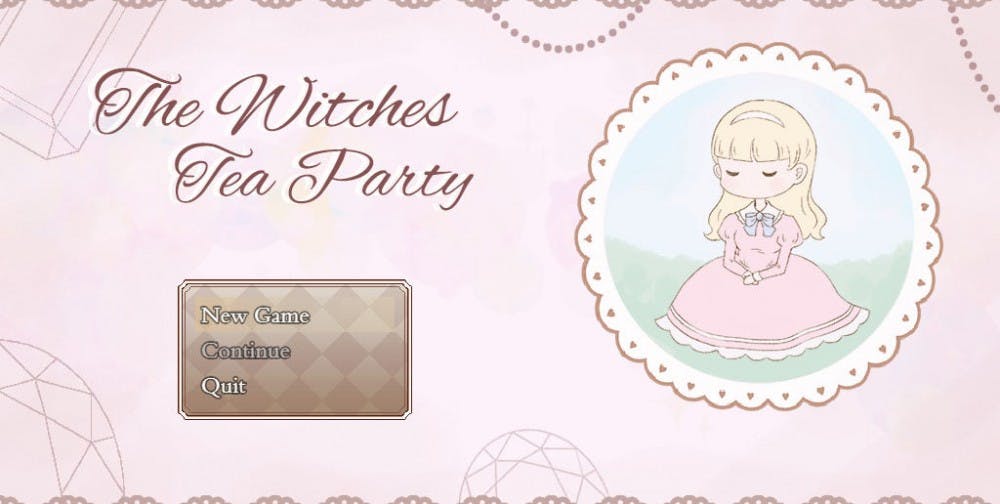This review was conducted on a PC with GTX 965m, i7, and 16GBs of RAM. It is only available on the PC through Steam.
The Witches’ Tea Party is a game focused on a group of witches of various ages and backgrounds as they try to stay together as the only survivors after a war between humans and monsters. It is also the prequel of the game Trick & Treat. The game was published by Rabbiton and developed with RPG Maker and is a casual indie game that is story driven, and sets out on a short but absorbing plot filled with the drama of each witch’s past. There is no combat; the game is mainly based around puzzles, small detective segments, and storytelling. It’s cute, and sometimes very creepy.
Cute and creepy characters

Image from Steam
The beginning of the game introduces nine witches of various ages, all with their own backstories and personalities that you get to explore as the game progresses. The played character is Charlotte, the youngest and newest to the gathering of witches. Her grandmother is Marilyn, another witch at the table. Andrea is the host of the tea party and something of a leader. Xaviera is a stranger to the party, but friends with Andrea. Evangeline is a fiery redhead with a temper. Mirabell is a quiet, sweet girl. Renee acts like a child when she really isn’t, and is quite the troublemaker. Stephanie is also quiet, but not in a shy way like Mirabell.
Having all these witches together under one roof proves to be problematic, and trouble starts quickly. Charlotte has to slowly unravel the mysteries behind these new people in order to survive and possibly make new friends along the way, but that’s up to the player to decide. The characters are what really drive the game. Their stories make the game immersive to the point where suddenly four hours have passed; you’ve played the entire game in one sitting and your left wondering what to do. It’s like finishing a really good book.
Use your mind, not your fists

Image from Steam
While The Witches’ Tea Party doesn’t have any combat, it makes up for it in the form of puzzles. The puzzles are fairly simple typically, though sometimes do stump you for a while. There are also a few chase sequences in one of the creepier chapters of the story. The most interesting parts of the gameplay are the detective puzzles. When a situation occurs in the game that needs a solution or a guilty party, Charlotte goes and asks around to the other witches and does her own investigating searching for clues. Once all the clues are found, all the witches gather and she gives her solution.
The problem is that the game doesn’t tell you the answer. You’re supposed to look through your notes in your inventory, save the game, and then click start. This begins the dialogue for the answer, but as Charlotte is explaining her theory, you make selections in the dialogue to continue the script. It’s up to you to figure out the right answers and pull up the correct pieces of evidence with only a few strikeout chances. If you click the wrong dialogues too many times some sort of ending or death is initiated. But if you do it correctly, you make it through the puzzle and continue the plot. This is done multiple times throughout the game, just enough so that you’re still enjoying it and it’s not overused to the point of irritation.
The curse of completionism
There are many elements to the game that give it some serious replay value. First of all, it’s fairly short, clocking in at four hours on Steam. Secondly, the game has the dreaded collectibles. There’s over thirty different pieces to find of three different pictures in the rooms of the house and all the other maps that you explore throughout the course of the game. If you miss some by the time you complete the game, then the picture that the pieces made will be incomplete forever, unless you play again and find the rest of them. However, they’re also hidden randomly, and you have to go clicking on every object in every room to find them.
The third reason is multiple endings. There’s a normal ending, a true ending, multiple incomplete endings where the game could end without you making it all the way through, and multiple death endings. Each one has its own art piece to add to the collection. So, if you want them all, or you want to see all of the endings, you have to play the game again. Most importantly, every time you play through The Witches’ Tea Party, you notice new story elements that you never noticed before.
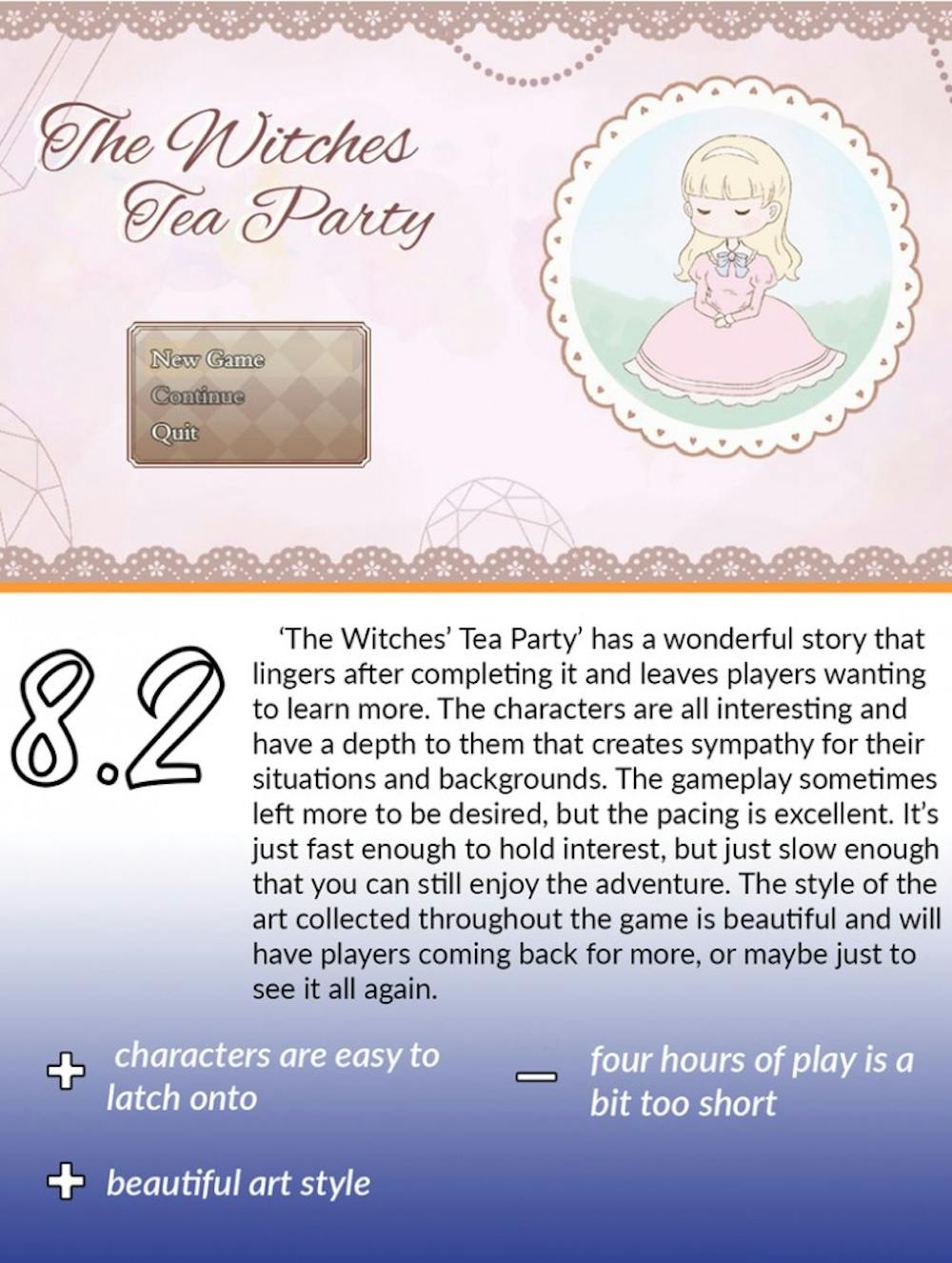
All images from Steam
For more entertainment related content, visit us at Byte Bsu!



